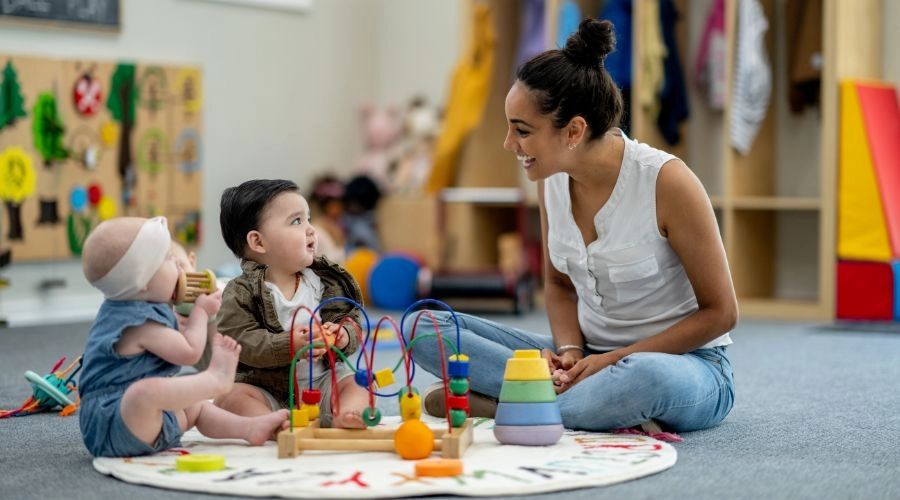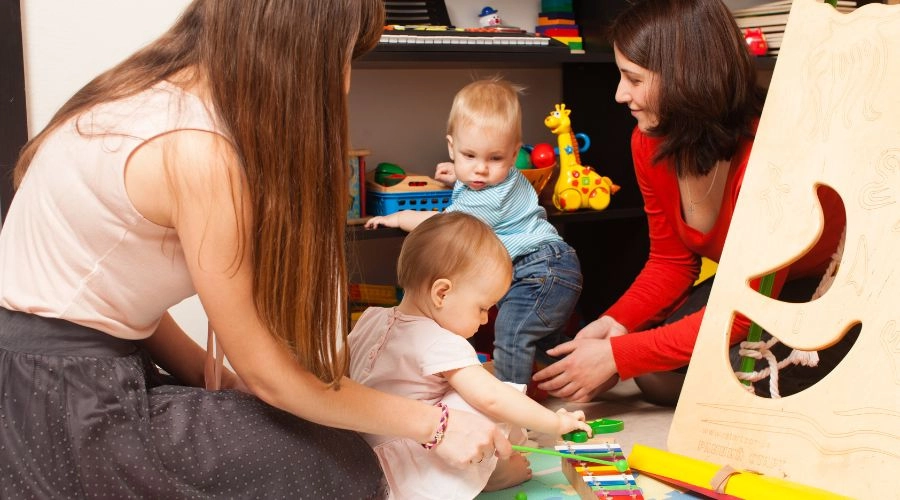In early education because they create an environment where everyone feels valued and respected. In this blog post, we will discuss what inclusive practice means and why it’s so important, and we will give examples showing how it benefits individuals and communities. By understanding inclusive practice, we can make a positive difference and work towards a world where everyone is included and treated with kindness.
At Paramus Preschool. we prioritize the comprehensive development of children, offering top-notch preschool programs led by certified educators. Serving families in Ridgewood, Oradell, Emerson, and Paramus, call us at (201) 500-2951 to explore our enriching curriculum. We’re excited to connect with you!
What is Inclusive Practice?
Inclusive practice is the deliberate and conscious effort to create an environment that embraces diversity and ensures equal opportunities for all individuals, regardless of their background, abilities, or identities. It is about recognizing and valuing the unique qualities and perspectives that each person brings to the table.
Inclusive Practice in Early Years:
Inclusive practice means ensuring all children feel happy and included in their learning. This means creating spaces that work for different children, like those with disabilities or special needs. Inclusive early years places want everyone to join in, be friends, and feel like they belong.
Inclusive Practice in Education:
In education, inclusive practice means making sure that all students, no matter their abilities or backgrounds, can get a good education. This includes changing how teachers teach, what they teach, and how they test students to meet everyone’s needs. Inclusive education ensures every student has a fair chance to learn and succeed.
Non-Inclusive Practice:
Non-inclusive practice means when people or groups don’t understand or support the different needs of others. This can lead to unfair treatment, leaving people out, or spreading stereotypes. Non-inclusive practices stop people from growing, limit their chances, and make it hard to fit in with others.
The Importance of Inclusive Practice:
Inclusive practice is vital for building a fair and just society. It promotes equality, fosters empathy and understanding, and encourages collaboration. When we accept and appreciate differences, inclusive practices help us challenge unfair judgments and stereotypes, making a place where everyone feels important and treated well. Inclusive practice also helps us grow by learning from different viewpoints and experiences.
Examples of Inclusive Practice
Inclusive practice means doing things that ensure everyone feels included and treated fairly. Here are some examples:
1. Providing Extra Help: In early years, inclusive practice means supporting children with disabilities or special needs. This could be making unique plans for their learning, using tools that help them, or using different teaching methods to help them do well.
2. Making Playtime Inclusive: Inclusive practice means ensuring that play activities are fun and accessible for all children. This might mean having toys and games that everyone can use, changing games to fit different abilities, or creating play areas that work for everyone.
3. Celebrating Different Cultures: In early years, inclusive practice means appreciating and celebrating the different cultures that children come from. This could involve using books and activities that teach about other cultures, having resources that show respect for everyone’s background, and encouraging understanding and appreciation for diversity. Doing these things can create a world where everyone feels included and valued.
In Education
1. Using Inclusive Language and Materials: In education, inclusive practice means using words and materials that include everyone and show different experiences. This means using words that don’t favor one gender, avoiding stereotypes, and using materials representing various perspectives and backgrounds.
2. Providing Help for Students with Disabilities: Inclusive practice ensures that students with disabilities can learn just like everyone else. This might mean giving them tools or technology to help them, changing assignments or tests to fit their needs, or offering extra support services.
3. Creating a Safe and Fair Classroom: Inclusive practice means ensuring every student feels safe, respected, and valued. This can be done by encouraging good behavior, stopping bullying or unfair treatment, and having open discussions that respect different opinions. By doing these things, early years settings and schools can create an environment where everyone can succeed, no matter who they are or where they come from.
Benefits of Inclusive Practice:
Inclusive practice has many advantages. It helps people feel like they belong, encourages positive friendships, and improves learning for everyone. Inclusive practice also teaches essential skills like understanding others, being tolerant, and showing respect. Plus, it prepares us to succeed in a diverse world where working together and understanding each other is essential.
Conclusion:
Inclusive practices are not just the right thing to do; they are necessary for creating a society that values diversity and gives everyone equal chances. Whether it’s in the early years or education, inclusive practices bring positive results to individuals






